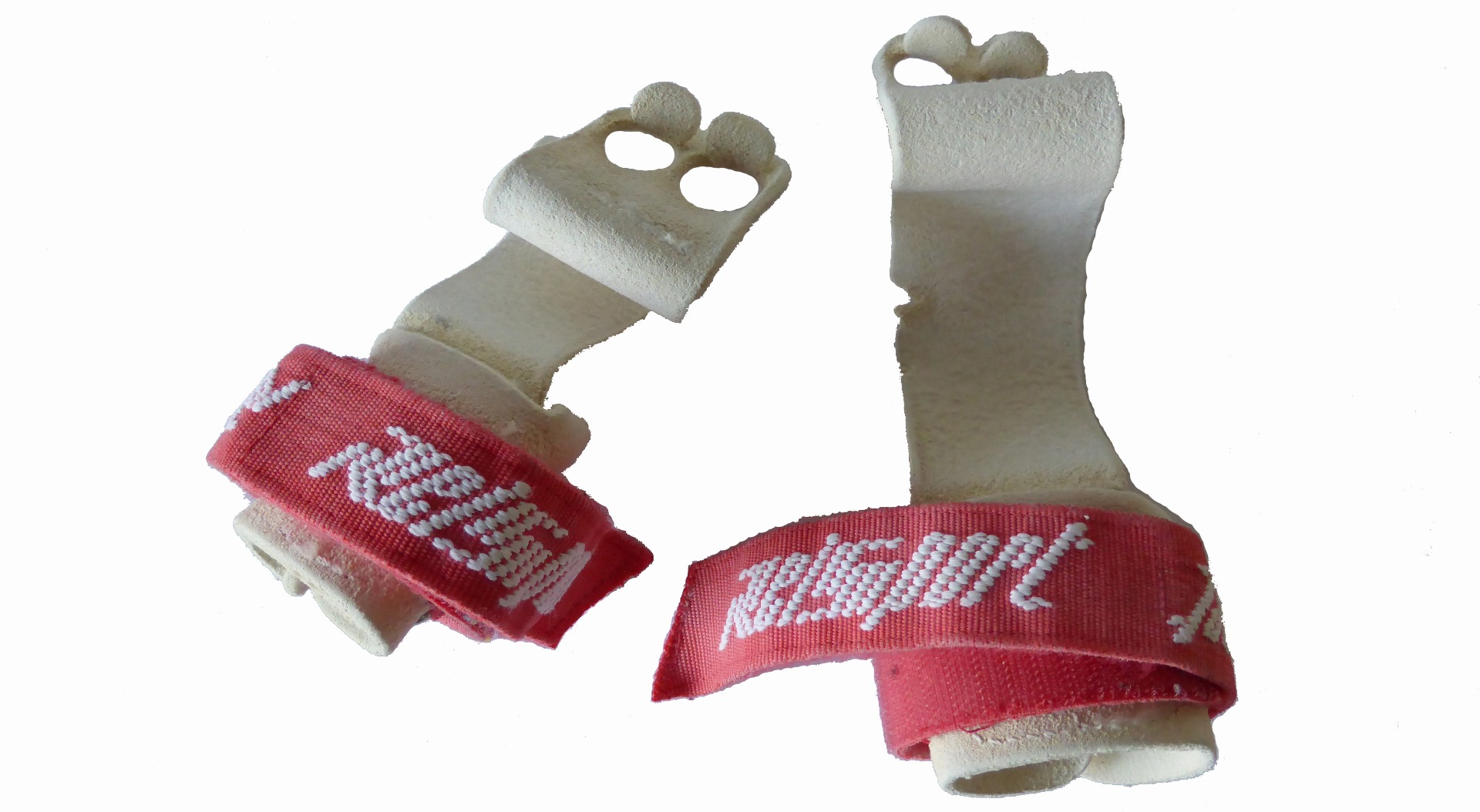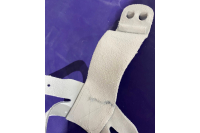FREE DELIVERY on all UK orders over £4.50 Find out more
When to replace your gymnastic handguards (gym grips)

Former Team GB gymnast and now a member of the Jamaican national team, Danusia Francis will give you some tips on how to identify when you need to replace your handguards
View our YouTube video here.
Your Gymnastic handguards are a very important piece of equipment that require constant attention and maintenance.
Only handguards in good condition will provide you with great grip, protect you from blisters and be safe to use.
Unfortunately, we see far too many damaged and stretched handguards worn by boys and girls on Rings and Bars (high and asymmetric).
In this article we will cover the most common signs, when your guards need to be replaced.
- With wear and tear, the leather surface of gymnastic guards (grips) can become very thin. This can cause handguards to snap, or a rip will start to gradually develop (in most cases on the side of the guard).
- Handguard leather can also become too smooth and shiny, which makes the guards too slippery.
- The leather can also deteriorate fast, when water is used on the guards. Water permanently damages handguards and makes the leather prone to tear.
- The leather between the fingers can also wear out and become too thin. If you have noticed that the leather in between the finger holes is thinner than 4mm – this is a direct sign to replace your guards.
- Under the strain of training and numerous repetitions, guards can also stretch too much and become too long and therefore dangerous.
- High Bar guards need to be checked constantly for signs of excessive stretch. When the bar guards are too long, this can cause grip lock and very serious injury. It is vital that when guards are on, you should not be able to extend your hand beyond 160 degrees.
- Ring guards and Asymmetric bar guards will not provide secure grip of the ring and bar when too long.
- Replace your handguards immediately when you notice that the stitching has come undone between the handguard and wrist section, handguard and the dowel, or on the Velcro strap.
- With age handguard Velcro can wear out and easily come undone.
- When guards have not been used for a long time – check them and if they are very hard and stiff – they need to be replaced, as they have lost the leather’s natural moisture, which results in the leather becoming brittle
Handguards should make all gymnasts feel safe and provide a good grip when on Bars or Rings. Anything that makes you feel like you don’t have a grip – is a good sign to replace the guards.
Always have a spare pair of broken in handguards in your bag, so you don’t lose any precious training time

 FR
FR UA
UA

